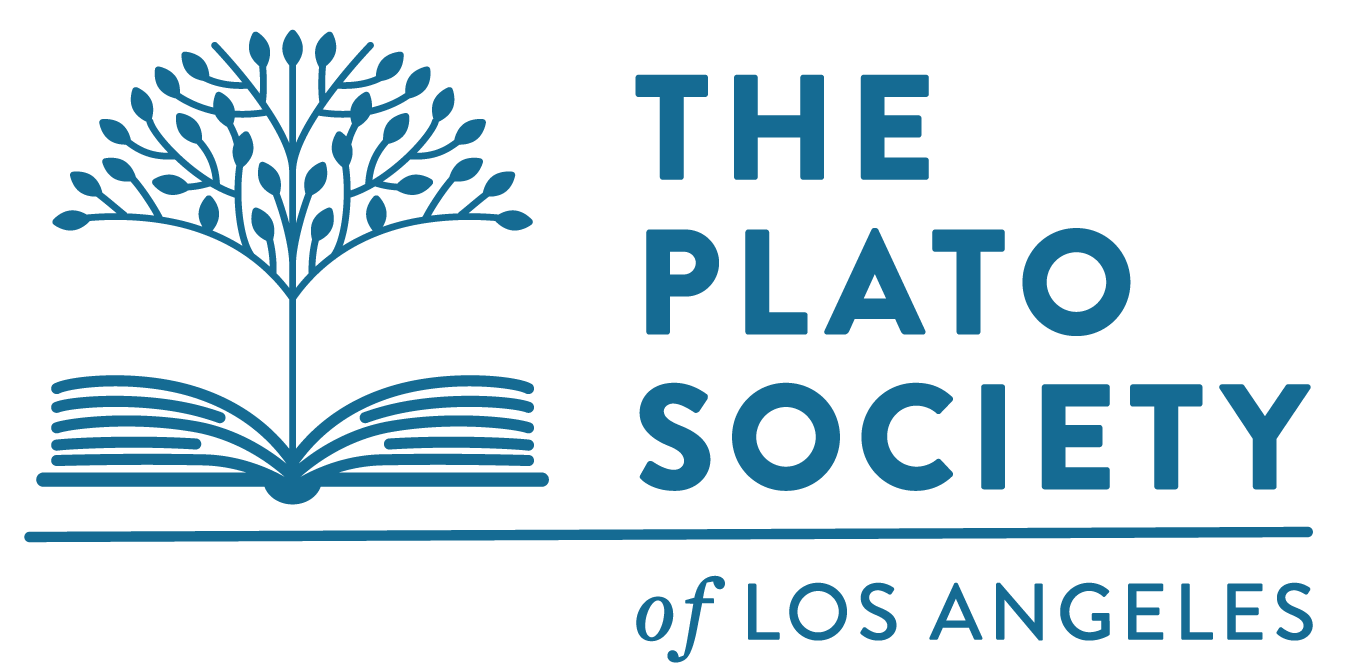Description
Communism was (and is) a major political movement of the 20th and 21st centuries. While Russia, its foremost promoter, has turned away from it, Communism is still said by China to be its political system and there are Communist outposts in North Korea, Vietnam and Cuba. Indeed, there remain advocates of Communism among the poor and some intellectuals to this day. One cannot understand world history since 1917 without a knowledge of what Communism promised and what it delivered.
This SDG will explore the history of Communism, including the thinkers who advocated Communism, the reasons that their advocacy resonated with leaders and the populace in many places, the Russian revolution, the spreading of Communism after World War II, the Chinese revolution, the revolts in Hungary, Czechoslovakia and Poland, the fall of the Berlin Wall, the dismembering of the Soviet Union and the persistence of Communism in China. The emphasis will be on how Communism has been practiced, rather than the details of its theories. Among the questions we will address are the following: Why was the movement attractive to so many? What were its successes? What were its failures? Is Communism fatally internally inconsistent or at odds with human nature? Have its leaders ultimately been good for the movement or did they insure its downfall? Did those leaders practice Communism or simply use its rhetoric as an excuse for the exercise of power? Has the political system proposed by Marx ever been implemented? Was the Cold War—serious battling, threats and arms buildups between the West and Communist countries—inevitable? Is it likely that there will be a resurgence of Communist principles in developed or undeveloped countries in the future?
Our core book will be “The Rise and Fall of Communism” by Archie Brown. It provides comprehensive history along with perceptive comments. Of course, there are thousands of books and on-line articles on every aspect of Communism and its leaders.
Weekly Topics
Karl Marx, the Then Social Structure in Europe, Promotion of Communism before Russian Revolution, Appeal of Communism
Lenin, Application of Marx to Politics and the Russian Revolution
Communism in USSR and Elsewhere before World War II, Stalin, Purges, Soviet/Nazi Pace, World War II
Successful and Unsuccessful Efforts to Expand Communism in Europe Post World War II
Description of a Communist System, Distinctions between Communism and Socialism, Contradictions between Theory and Practice in USSR and Elsewhere
Asia: Mao and Chinese Revolution, Korea and Vietnam
Latin America, including Cuba, Venezuela and Chile
Asia, including Korea and Vietnam
Cold War
Khrushchev, Changes in Communist Doctrines, Polish Resistance
Revolts in Hungary and Czechoslovakia, etc.
Gorbachev and Attempts at Reform
Adaptations in China, Policies in North Korea and Vietman
Fall of Berlin Wall, Dissolution of USSR, Choices of Former Soviet Republics, Current Status of Communist Parties throughout the World
Evaluation of Marxism, Communist Successes & Failures and Future of Communism
Bibliography
Core Book: "The Rise and Fall of Communism" by Archie Brown
In addition, there are countless books and essays on all aspects of Communism, the countries that revolted in reliance on Communist principles, the ways in which those countries dealt with Communism, the Cold War, the decline of Communism in Russia and Europe and the persistence of advocacy of Communism, including the following:
Communism in the 21st Century by Shannon Brincat (2014)
The New Communism by Bob Avakian (2016) This book and other books by Avakian advocate adoption of Communist principles
A Practical Communism for the 21st Century by Luke Davies
On My Country and the World by Mikahil Gorbachev (1999)
Cuba Since the Revolution of 1959 by Samuel Farber (2011)
Southeast Asia's Cold War by Ang Guan (2018)
goodreads.com: Listing of many books on all aspects of China's revolution and history since 1949




